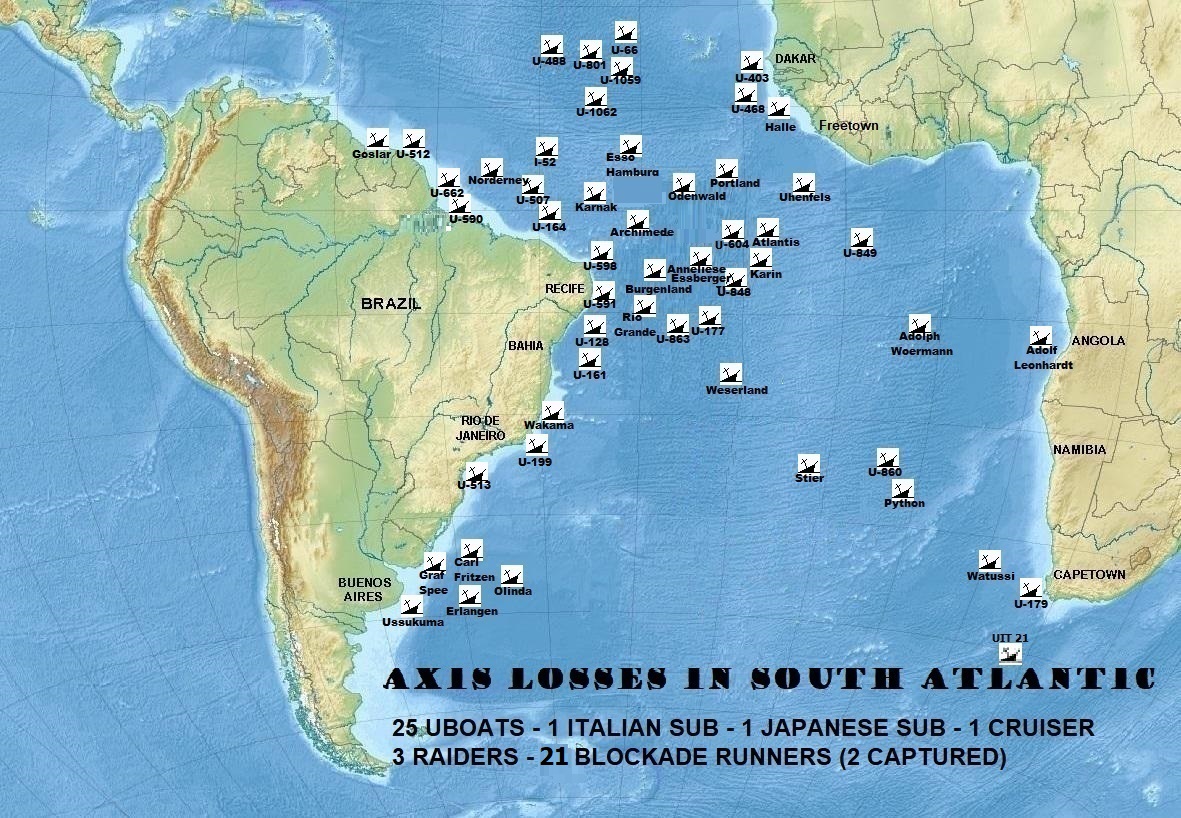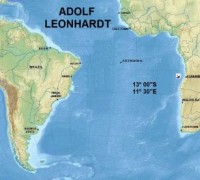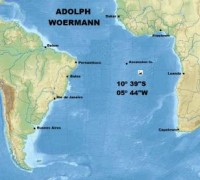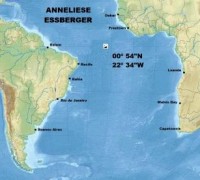- BLOCKADEBRECHER
1)BLOCKADE RUNNERS

The South Atlantic scenario was fiercely fought by the UBoats trying to stop the flow of badly needed raw materials to Britain and USA. German blockade runners by the other side struggled a hopeless battle to dodge an ubiquitous presence of the Royal Navy ships in all corners of the South Atlantic. A desperate cat and mouse hunting was ensued ever since the first shots of the war echoed in Poland. German Raiders and dozens of Uboats lay havoc in Southern Seas. Hundreds of Merchants of several nations were sent to the bottom with their precious cargo and thousands dead. Great Britain Merchant Marine suffered appalling losses. These unsung heroes and their sacrifice will never be forgotten.
THE SAGA OF GERMAN BLOCKADE RUNNERS
Ghosting over the South Atlantic, patrol planes sighted a strange merchant vessel. That night the U.S. destroyer Somers caught up with her, recognized an enemy, opened fire with 5-in. guns. The merchantman's crew began abandoning ship at the first salvo. When the destroyer closed, demolition charges sent the freighter to the bottom.
In the morning a scout plane from the cruiser Omaha flushed another enemy cargo boat. Before the Omaha and escorting destroyer Jouett could overtake her, the quarry blew herself up. Next day the sea drama was repeated; still another blockade-runner went to the bottom. The U.S. ships rescued most of the crewmen, presently learned that the vessels they had sunk were the German freighters Rio Grande, Burgenland and Weserland. One unexpected trophy of the chase was several hundred tons of baled rubber, blown free of the ships and floating on the sea.
Since three ships went to the bottom, another German blockade-runner, of the same general type and cargo, probably slipped through. Lord Selborne, Britain's Minister of Economic Warfare, gave a hardheaded estimate that 75% of the German blockade-runners were sunk last year. That any get through at all, in this day of patrol planes and radio nets, is a proof of an old seaman's saw: the seas are vast.
The Furtive Way. In this furtive, costly traffic, Germany and Japan have a dead-pan trade agreement, calling for German delivery of machine tools, sample tanks and planes, blueprints and technicians; Japanese delivery of rubber, tin, tungsten, quinine, opium, edible oils. But the Japs, hard-pressed for shipping in their own orbit, are welshing; most blockade-running is done by Germans.
Nothing new in classic blockade-running has been developed. The three ships sunk by U.S. craft were typical runners. Medium-sized freighters (about 7,000 tons) with better-than-average speed (15 knots up) work out best. They rely on luck and bad weather; pick the foggiest of nights to leave Europe. They avoid the established sea lanes, may take three months for a voyage to the Far East. Discipline is strict, marine gun crews are carried. September to April is the best season. Most dangerous areas are just outside port and the well-patrolled South Atlantic zone.
Tonnage Sunk / Captured / Scuttled
175,530 GRT
249,502 DWT
Cargo (Est) 45,000 tons
118 Dead
1829 POW



